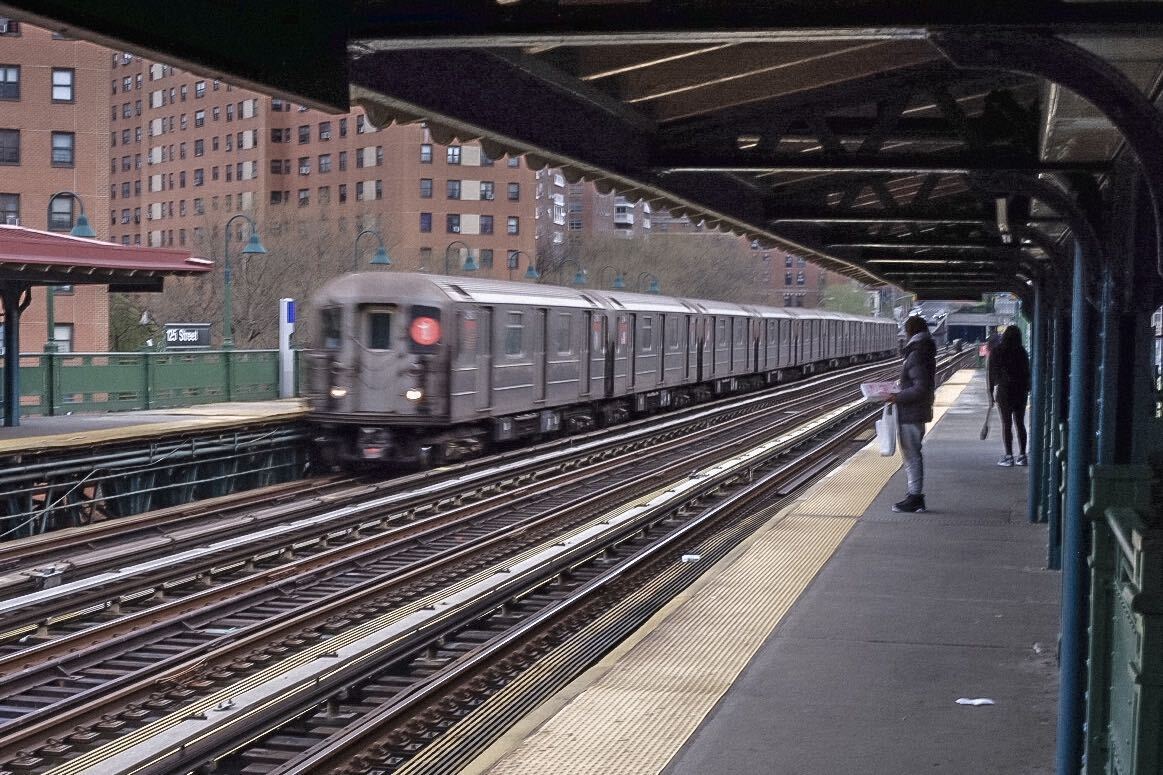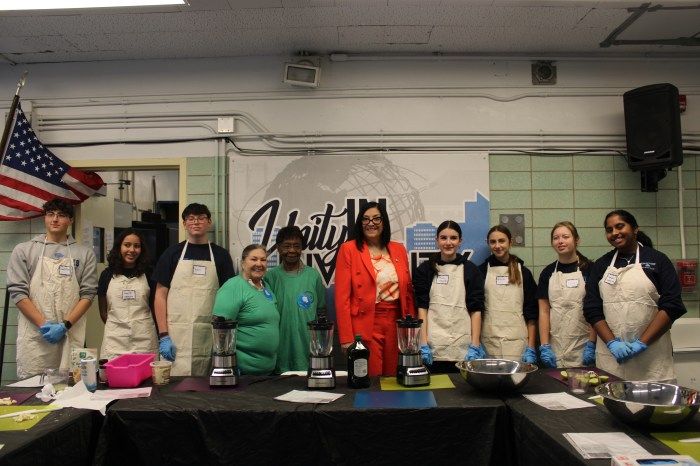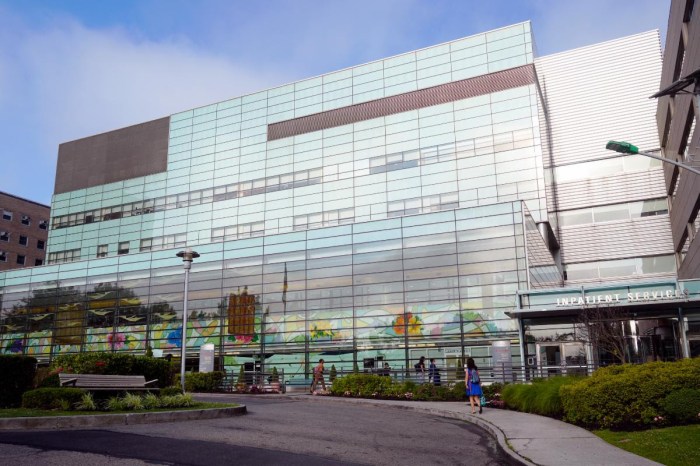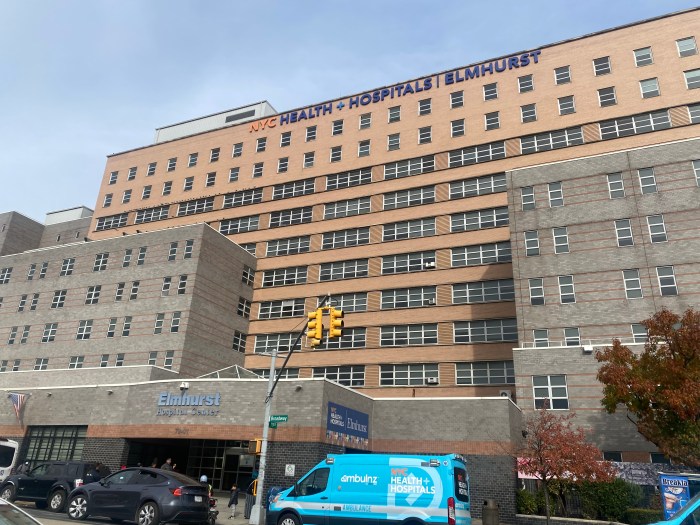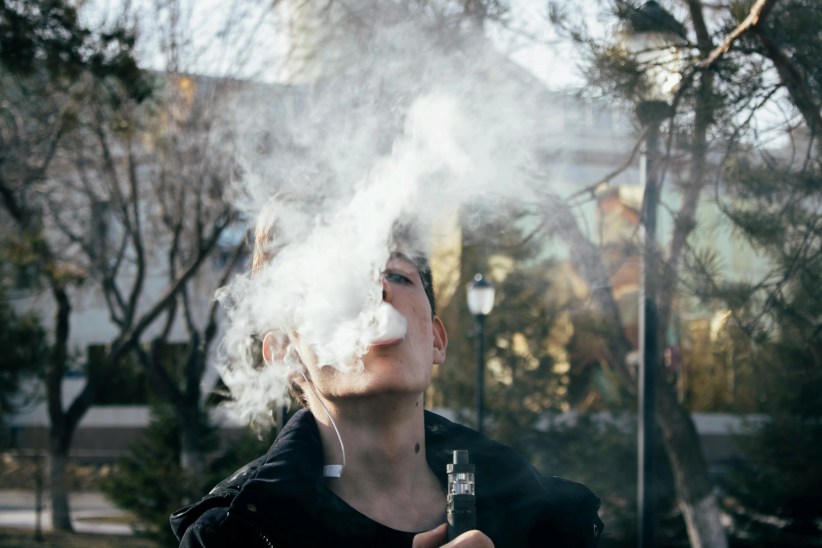An outreach effort to remove homeless people from all 41 terminus stations across the subway systems as well as guidelines such as banning shopping carts from trains will surely clean up the system, MTA officials said.
Restricted access in stations while in terminus will also give MTA workers the opportunity to execute Governor Andrew Cuomo’s orders to give trains more frequent cleaning cycles, all while attempting to address the COVID-19 crisis and its disproportionate impact on transit workers.
Up to 40 NYPD officers were at the 96th Street station Wednesday morning conducting outreach and getting homeless men and women off trains while offering medical and social services, interim New York City Transit President Sarah Feinberg said on Wednesday.
“Individuals sleeping and living on trains is unacceptable for a lot of reasons, but mostly it’s unacceptable because people deserve better lives than that,” Feinberg said. “This is something that we were seeing long before the pandemic and it’s something that we will see beyond this wave and into the second wave and subsequent waves.”
The MTA updated its code of conduct for riders for the duration of the pandemic with three new entries that include:
- No person is allowed to remain in a station for more than an hour.
- During the public health emergency declared by the governor, no person can remain on the train or the platform after an announcement that the train is being taken out of service.
- Wheeled carts greater than 30 inches in width or length, including shopping or grocery carts, are banned from the system.
While earlier estimates put the disinfecting effort between $300 and $500 million, the MTA does not yet have a figure for the increased effort, MTA Chair Pat Foye said.
While Cuomo seemed to be forcing the hand of the MTA in his Wednesday briefing for more aggressive disinfecting, Feinberg said the agency was behind the assessment that the subway system is “disgusting” and that more could be done.
But Feinberg did not see it as a commitment to the governor so much as a commitment to riders, she said.
“I think [Cuomo] is exactly right that the public expects and is right to expect that we are doing everything that we possibly can to keep them safe and secure at this moment in time,” Feinberg said. “If I had an unlimited workforce and unlimited resources I think we would d all agree that we would be cleaning, disinfecting cars every couple of hours.”
As for the MTA’s effort to increase their police force with 500 new police officers, Feinberg said NYPD’s homeless outreach would still be needed to assist with the homeless by touching on the city’s indefinite responsibility to providing social services.
According to Foye, the revenue shortfall from fare and toll revenue as well as the increased sanitation measures “confirms and validates” the MTA’s need for $3.9 billion additional funds from the federal government in the next CARES Act. The latest $2 trillion stimulus package delivered $3.9 billion to the MTA in early April, though the agency has called for up to $8 billion.
As of Wednesday, 96 transit workers have died with the majority being from New York City Transit subways and buses, which has been running at 90% reduced ridership and 30% capacity.
The Riders Alliance took a dim view of the effort to more or less evict homeless folks from trains by use of cops however, making it clear that the state could be making a more aggressive effort at making Home Stability Support a reality. He also says the city could be utilizing the up to 130,000 vacant hotel rooms in the city rather than offering shelter beds, an option often rejected.
“It’s important that people recognize that the governor controls the subways and it’s important also to recognize that in reality homeless people need a place to live and to stay. They don’t need criminalization,” Danny Pearlstein, policy director for the Riders Alliance, told amNewYork Metro.
This story first appeared on amny.com.

